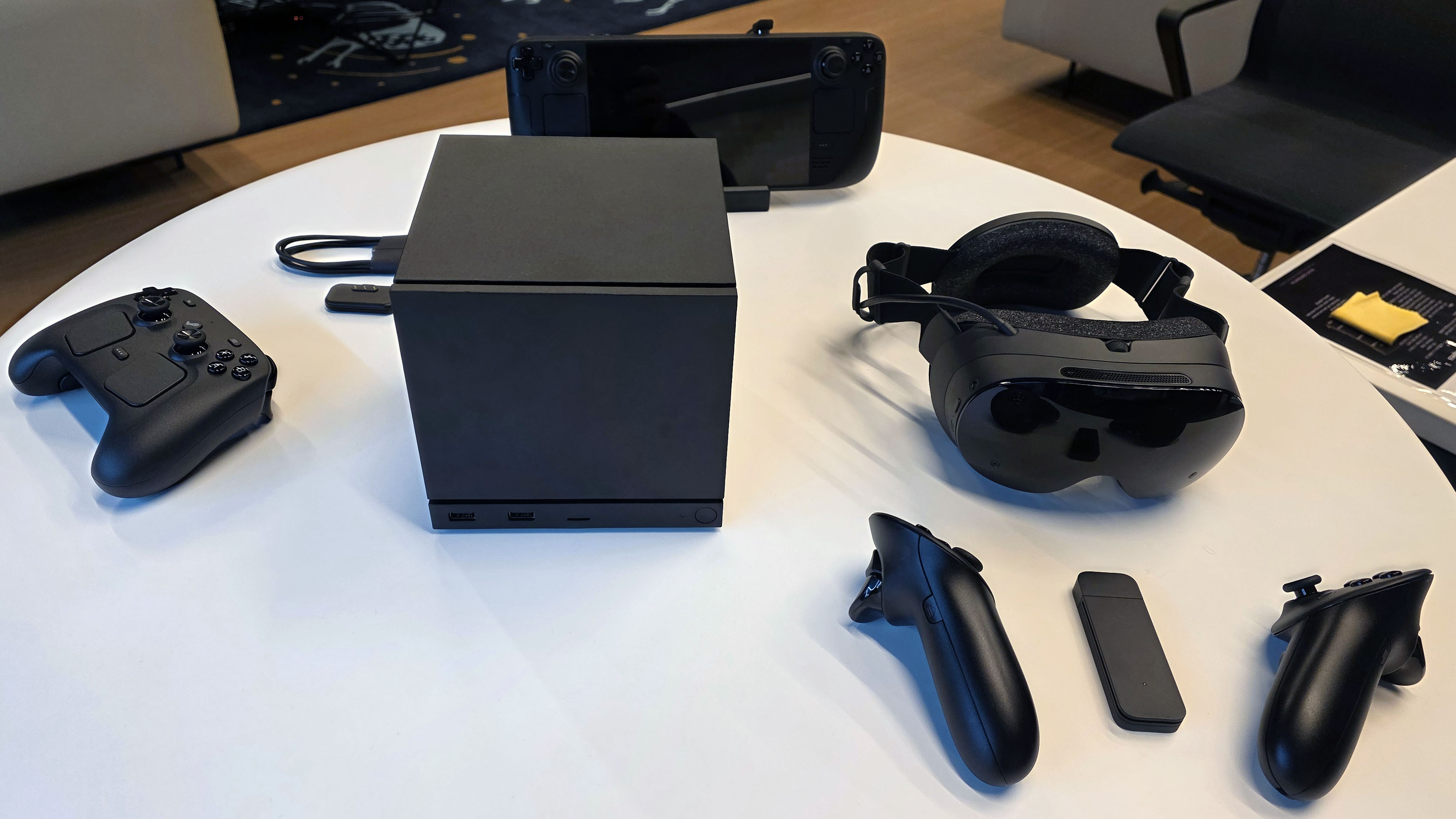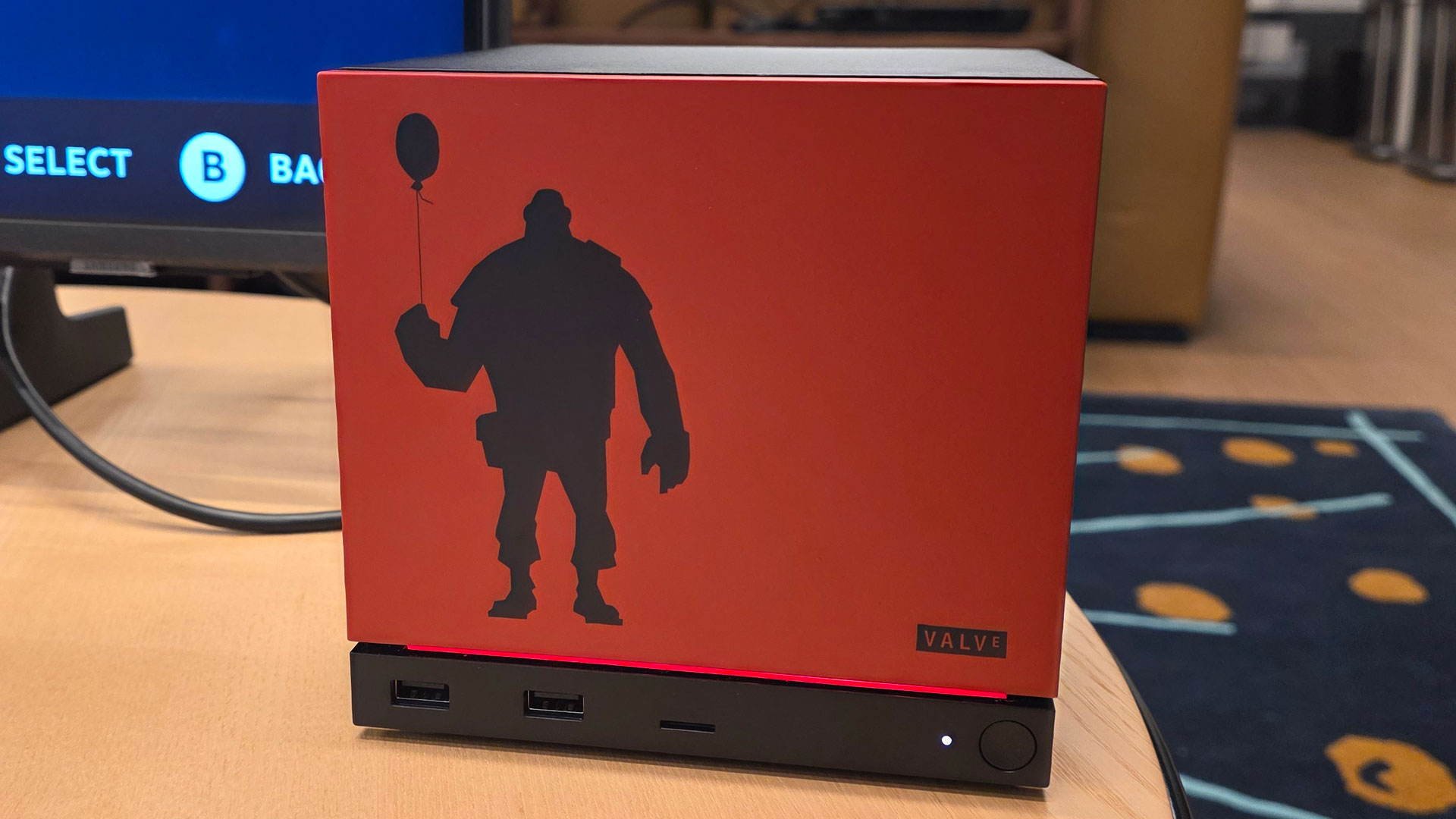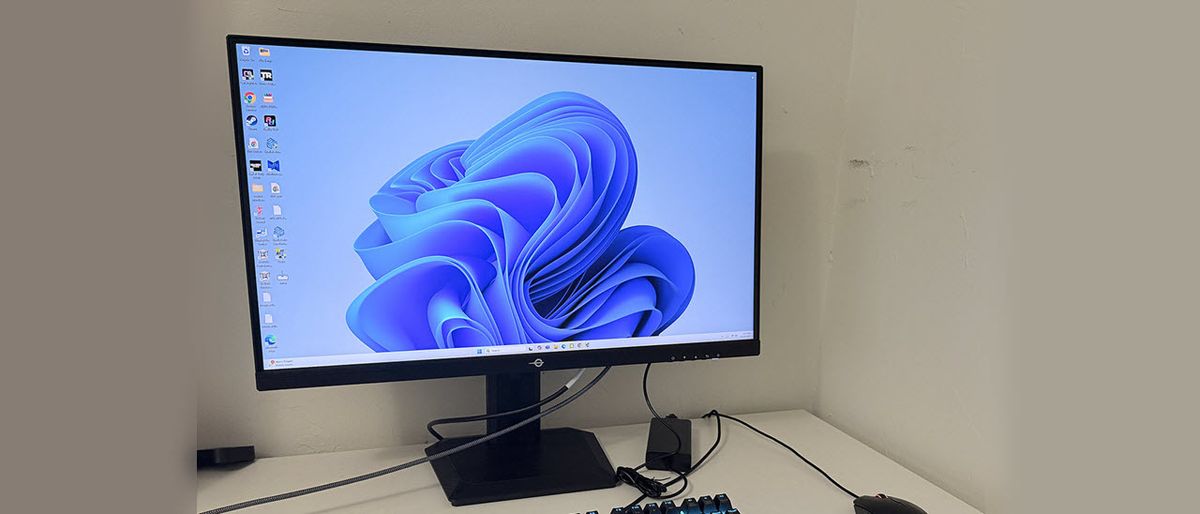The next-gen Steam Machine was unveiled a couple of weeks ago, teasing what a console-esque PC gaming experience could look like. With powerful, semi-custom hardware from AMD, Valve is aiming to match PS5 levels of power, but will it be able to match it on price? That's the million-dollar question on everyone's minds, and we finally have an answer from Valve itself, as a Valve engineer has noted that the hardware won't be subsidized like we see with gaming consoles, thus implying the device will have higher relative pricing to consoles, and will instead compete directly with desktop PCs.
We ask Valve the big questions around the Steam Machine, Frame & Controller | FPS Podcast #83 - YouTube

"No, it's more in line with what you might expect from the current PC market. Obviously, our goal is for it to be a good deal at that level of performance. And then you have features that are actually really hard to build if you are making your own gaming PC from parts. Things like the small form factor, the noise level that we achieved, or lack thereof, is really impressive and we are excited that people are going to find out how quiet this thing is. But also some integration features like HDMI CEC. The Bluetooth and wireless work that we've done, the four antennas, the very deliberate design so that you can have a great experience with four Bluetooth controllers," he said.
Moreover, Lawrence Yang further explained that their goal is to match the PC landscape specifically, so that if you were to build a similarly spec'd custom gaming PC, it would cost the same. A rig you assembled, though, would likely run Windows, whereas the Steam Machine has the benefit of SteamOS (based on Linux), which will outperform Microsoft's OS in most scenarios.

Valve is not willing to eat costs upfront in order to make back profits with software sales later. This is the model console manufacturers have followed for a long time, since they all have their own closed-off marketplaces for purchasing games, where they earn a percentage of each sale. On top of that, services and subscriptions like PlayStation Plus further help ease the margins since you're locked into that particular ecosystem.
Steam, the most popular games store on PC, is owned by Valve, and the company also takes a 30% cut on all sales, putting it on the same level as console makers. Therefore, it would be sensible to assume that Steam can be the key to subsidizing the device, but instead it's being positioned to act as the safety net for Valve, even if the Steam Machine flops in a worst-case scenario.
It's an interesting strategy that reveals how Valve is thinking about the Steam Machine in its current lineup: it's not another Steam Deck — it is designed for the big screen. With rising memory and storage prices, it's understandable why the company hasn't announced the price yet, and the release/production window of this device means the worsening DRAM shortages and resultant price hikes will hit Valve as well.
Right now, community speculation is pegging the Steam Machine at around $700. This price can very well go up by the time it's ready for launch since the industry is expected to be navigating a significant component crisis in 2026. Even if everything was fine and dandy, we would possibly be looking at a ~$550-600 price tag at best. For context, you can get a PS5 Pro on Black Friday for just $650.

Follow Tom's Hardware on Google News, or add us as a preferred source, to get our latest news, analysis, & reviews in your feeds.

 10 hours ago
4
10 hours ago
4










 English (US) ·
English (US) ·